{AI Simulations} From 0 to Use Case in 6 hours
AI requires a fundamentally different GTM strategy
We build category leading AI simulations that empower teams to understand how they're going to work with AI and develop targeted use cases.
The fastest path to technology adoption is to allow teams to practice using it in a controlled environment that is realistic, challenging and demonstrates its value.
see6 Artificial Intelligence Simulation
Zero to Use Case in 6 hours
Empower your organization to do more by accelerating the value imagined and realized from your AI investments.
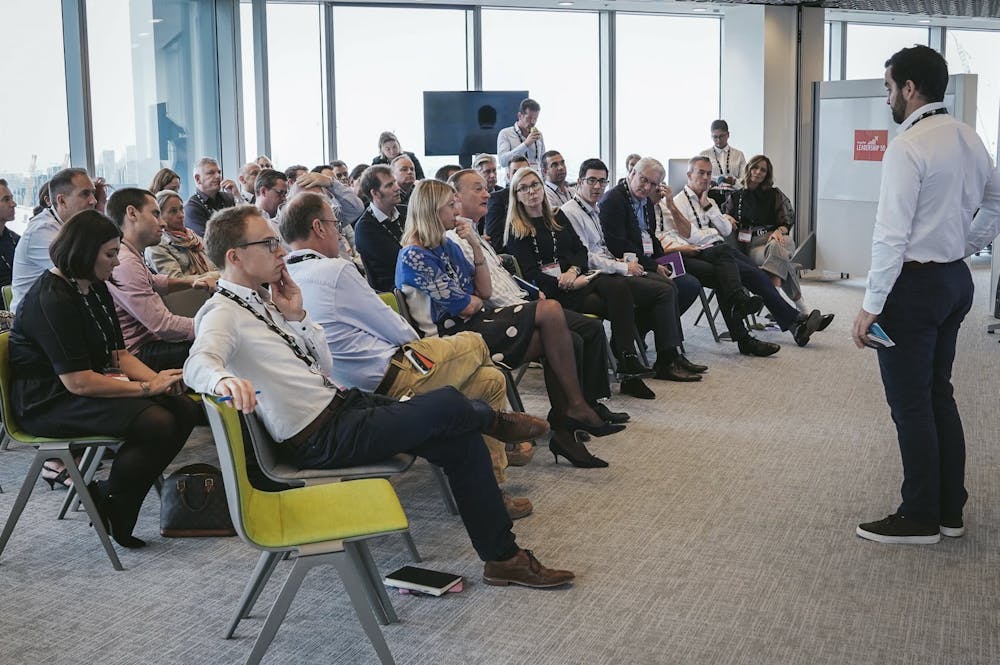
From power point presentations to experiences that move.
From overlooking opportunities to identifying where to go next.
Use simulation to engage with new leaders and help them understand what's going on in their landscape and help them see the bigger picture. Additionally, simulations can help leadership see the potential impact of AI on their business.
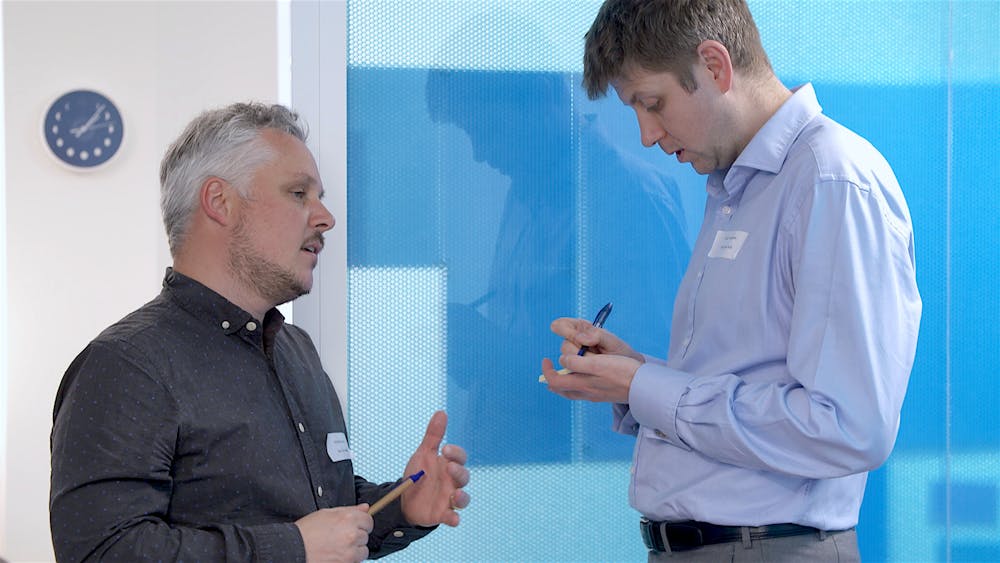
Getting hands on keyboard
Simulations will get customers involved in such a way that they start to own the change and understand the real challenges that they’re facing and why this approach to AI transformation is better. This removes resistance and drives adoption from the C suite to the front line of the organization.
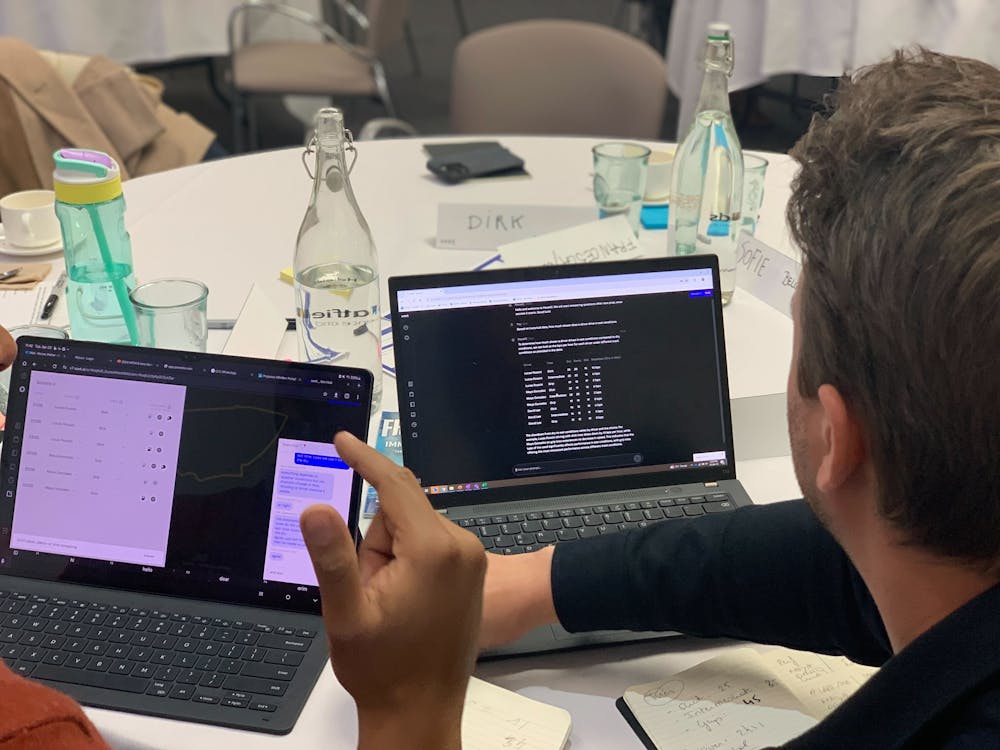
From conversations around the details to seeing the big picture
Simulations help leaders understand what the opportunities might be in their business, and help them identify a path to business value with the latest AI capabilities.
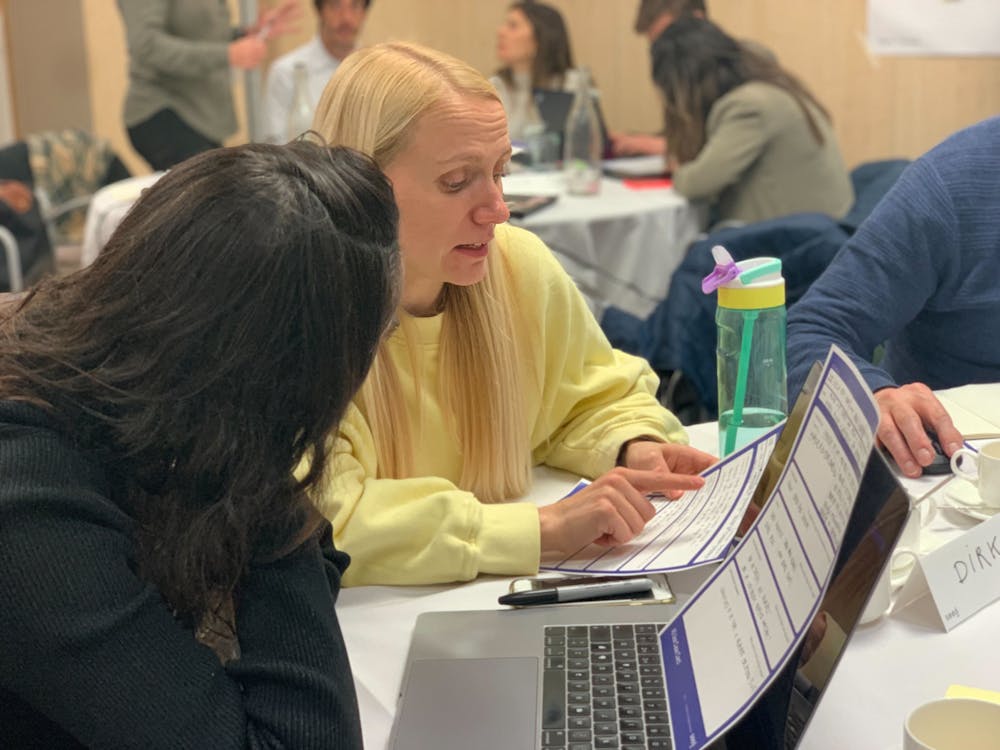
Synchronization across buyers and influencers
Obtain buy-in from stakeholders and help them understand the strategic opportunities for their specific AI use cases. This approach aims to increase the size of the opportunity and maximize penetration with your customers.
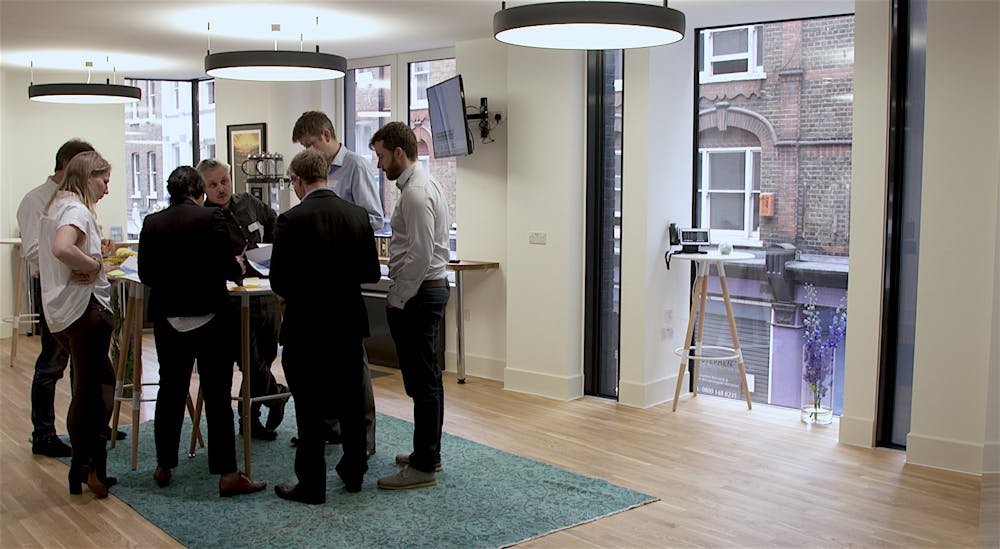
Accelerate your transformation across teams
Using simulation will help get your customers aligned and engaged to what you’re trying to achieve. This is specifically for the new project team and stakeholders to understand the direction of travel for AI in the business and building sponsors and evangelists for what you’re doing.

Our experience
see6 have demonstrated their expertise in aligning key stakeholders together for us at PBNA that was key in our transformation.
Insights
See The Simulation
Schedule a demonstration with our team for an inside look.
Become a certified partner
Technology
Grow your pipeline, drive adoption and reduce churn with your customers.





